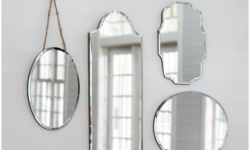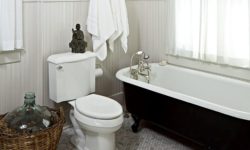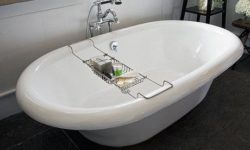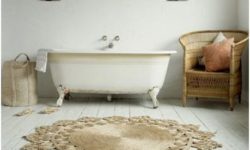Hands-free faucets, technology, convenience shape bath accessories market.
Convenience and the creature comforts of home are factors shaping the market for bath accessories, which are increasingly incorporating digital technology into the newest offerings, according to designers and suppliers.
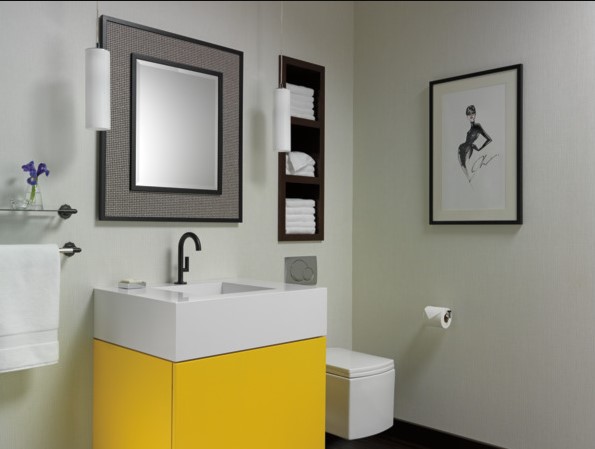
Image source: brizo.com
While trends in fixtures encompass square-shaped and clean-lined faucets, high-arc units, and single-level chrome handles, hands-free faucets using smart technology are the biggest trend recently, experts say.
“Hands-free faucets were a huge success for Delta in the kitchen with its smart touch technology,” said Ashley Perry, showroom consultant, Ferguson Bath, Kitchen & Lighting Gallery, King of Prussia, Pa. “They have now introduced this in the bathroom on the single-handle lavatory faucet from Jason Wu.”
Wu, a fashion designer, collaborated with luxury bathroom company Brizo to create a collection of bathroom faucets featuring SmartTouch Plus technology, which allows for a hands-free and touch-sensitive operation.

Image source: brizo.com
This so-called “smart faucet”, with its sleek modern design and pink glowing light, is gaining wider appeal in the higher-end markets. The faucet can be programmed to dispense water at a chosen temperature; the technology recognizes the user’s face and automatically turns on the water to that temperature.

Image source: visualfaucet.com
Popular faucets in the market include Kohler’s Mach® Tripoint®, a touchless electronic flushometer that is factory set, so there is no need to calibrate; and the VisualFaucet™ Touchless Bathroom Faucet in chrome finish, which includes motion-activated on/off, flow control and temperature adjustment with multiple pre-sets.
Perry said most manufacturers offer matching bath accessories to their faucet lines for added convenience. “Most often the accessories are the last decisions to be made by the homeowners,” she said. “This allows consumers to save money on the initial purchase but also take some time to think about what kind of accessories they would like to add to the room.”
Max Isley, co-founder and partner of The Kitchen & Bath Channel, said that while convenience is influencing purchase decisions, there is still a segment of the population that wants to pamper themselves. “The hotel/motel industry has started to upgrade their bathrooms, so people who are coming back from business trips and enjoyed some of the bathroom amenities in these hotels will say, ‘I want this in my home,’ ” Isley said.
Isley noted that advanced technology is being integrated into a variety of fixtures to provide a better user experience while increasing the value for the consumer.
Gina Bon, a kitchen and bath designer at Airoom Architects & Builders, in Chicago, agreed. “People are definitely going with digital technology today,” she said. “Typically it is more expensive, but they see the value aesthetically in electronic interfaces that incorporate features like steam and music in the shower.”
Universal designs
Playing into the convenience theme is the increased popularity of universal designs that allow for easy access into and out of the bathroom. These barrier-free bathrooms feature walk-in tubs; curtainless showers; push-button doorknobs; grab bars for the shower area; and pullout or pull-down, single-lever faucets.
While baby boomers are primarily driving this trend, Isley said the demand for products that are accessible and functional for everyone increases as these products become more attractive, available, and appreciated.
He cited an industry statistic that by age 40, 85% of consumers will need a universal bathroom at some point. “These people may have been injured, have carpal tunnel syndrome, etc. But they also like the convenience of a push-button front knob that they can open with their elbows,” he said.
Grab bars, once the domain of eldercare facilities are increasingly turning up in conventional bathrooms, designers said. “Bath manufacturers are working to not make them look so utilitarian,” Bon said. “Today’s grab bars offer much sleeker styles than in the past.”
 (0)Dislikes
(0)Dislikes (0)
(0)

